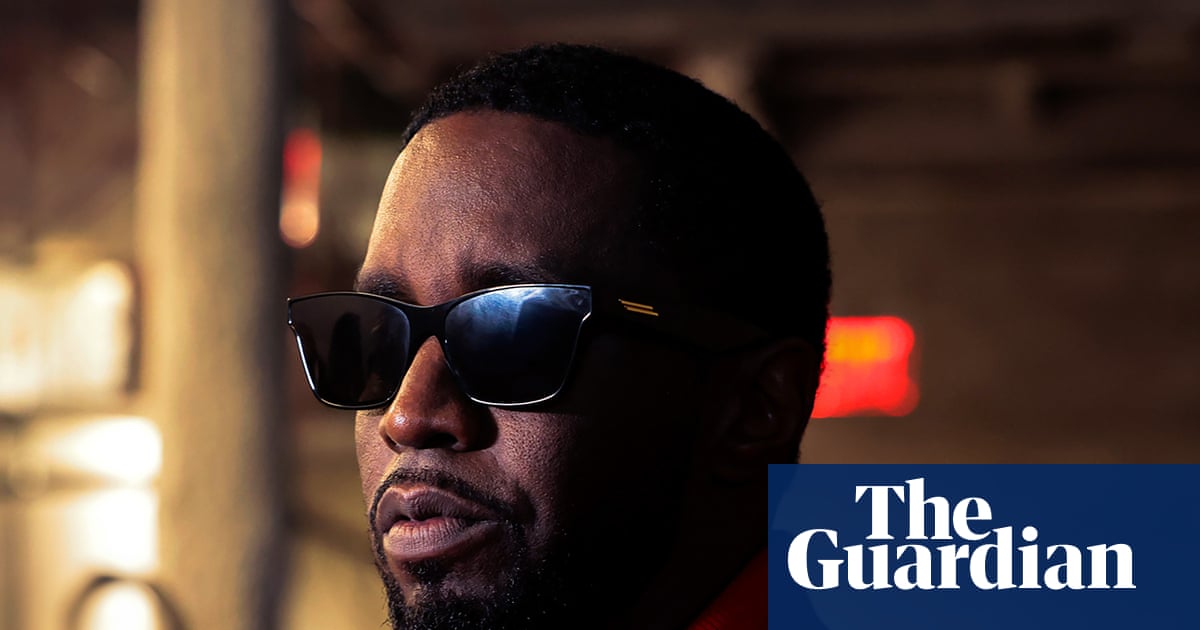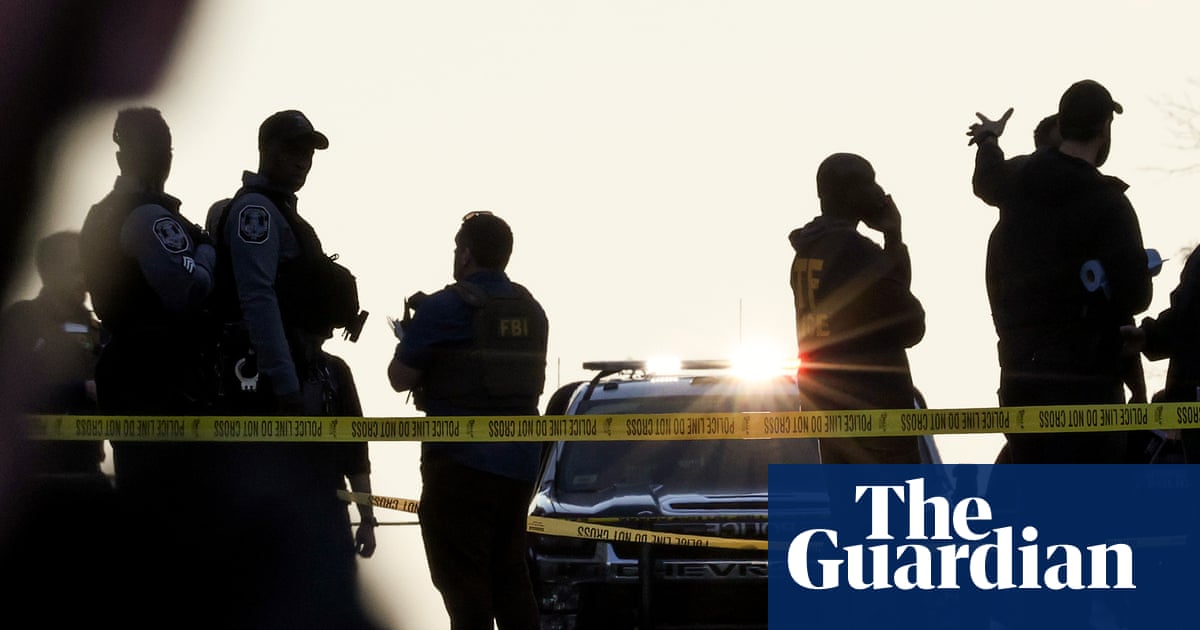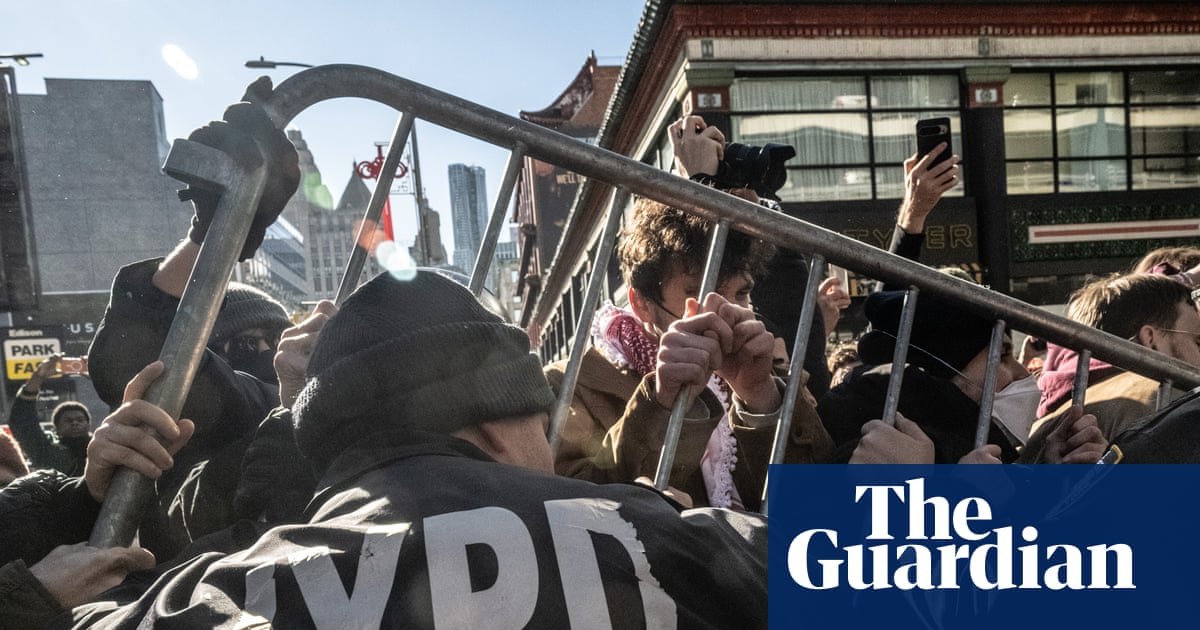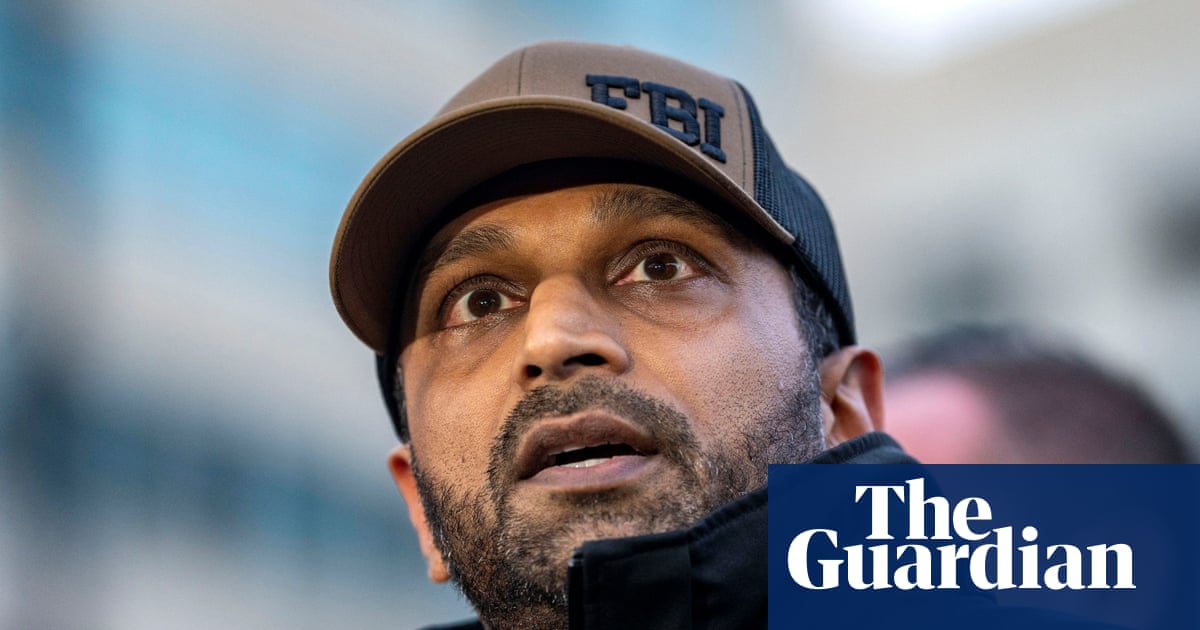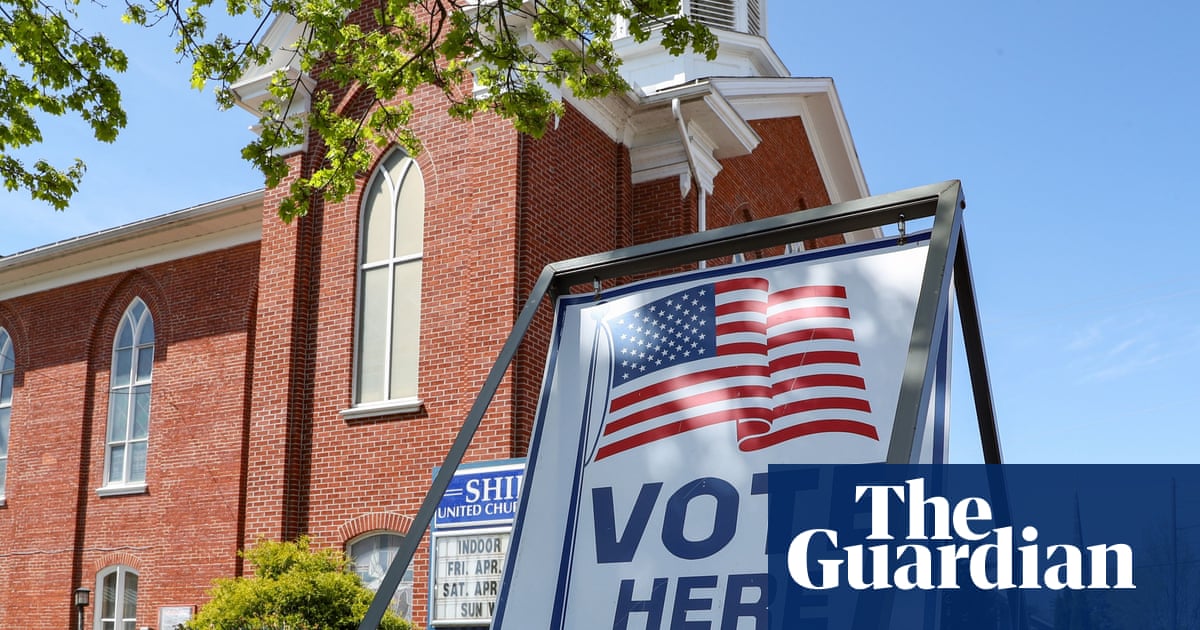Centred on the unsolved 1945 murder of Warwickshire farm labourer Charles Walton in Lower Quinton, this fascinating and feverish documentary starts under the true-crime umbrella. But it quickly expands, exploring the killing’s influence on the emerging folk-horror film genre, particularly 1973’s The Wicker Man, and almost reaching Adam Curtis-type grand sociology in mining these pop-cultural ley lines for what they say about the British psyche.
After Walton was found on Meon Hill with a pitchfork pushed through his head and a billhook in his neck, rumour soon spread that his murder was ritualistic. When the Warwickshire police called in crack Scotland Yard inspector Robert Fabian to lead the investigation, he was comprehensively stonewalled by the villagers. The notorious case set a blueprint for the you-ain’t-from-round-’ere tone of 60s and 70s rustic horror: the likes of The Plague of the Zombies and The Blood on Satan’s Claw. In parallel, there was a real-life hippy-era increase in witchcraft and paganism, influenced by and influencing the films.
Director Rupert Russell (son of Ken) makes a convincing case that the particulars of the Walton case, and the way its bloodstain permeated out into postwar culture, reflected a particular British insularity, unruliness and furtive violence that still persist today. Even if the killing wasn’t occult, what counted was the belief that it was. And the subsequent pagan business in Notting Hill squats and on cinema screens was on some level re-enacting atavistic compulsions newly seductive in a diminished, post-empire Britain. “Better the devil you know,” as one of the ghoulishly lit interviewees says here.
It is a sophisticated analysis, clued in to how real life and fiction combine to stir up the silt of the imagination in ways propitious to manifesting the supernatural. At one point, sightings of a supposed vampire in Highgate Cemetery inspired the 1972 Hammer film Dracula AD 1972; only it turns out that what the terrified Londoners may have seen was an earlier Hammer production shooting in the graveyard. In this attunement to how art shapes the mind, and in its own incantatory stream of imagery, Russell’s film comes close to participating in this magic circle itself.
Caught in this delirium, it never goes back to Lower Quinton to introduce some reality into the subject. Leave it to one housewife, asked why she is uneasy about the coven down the road, to introduce a note of sobriety as British as the teatime paganism: “Lack of knowledge – if you don’t know anything about a subject, you get nervous. You get frightened.”

 1 month ago
34
1 month ago
34
